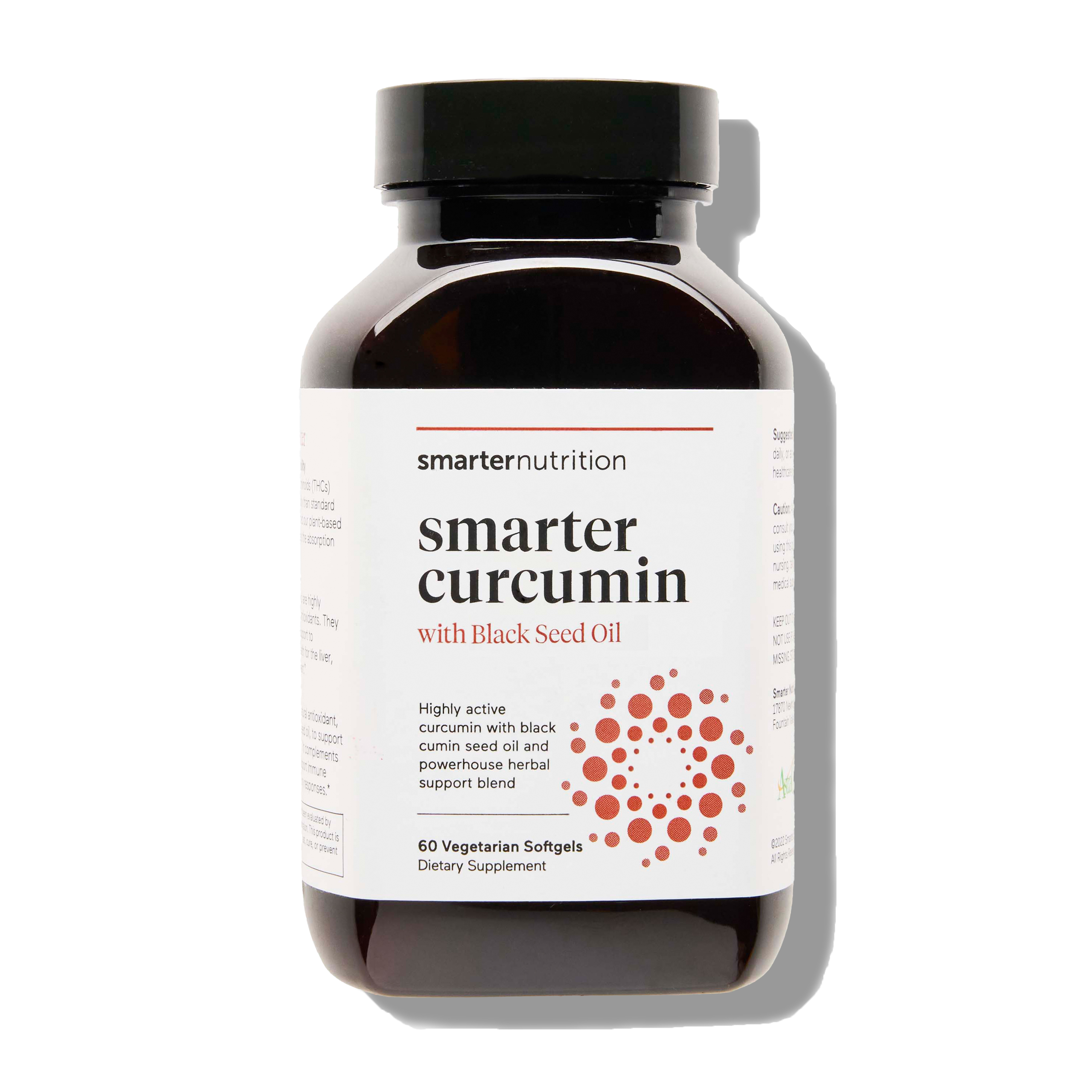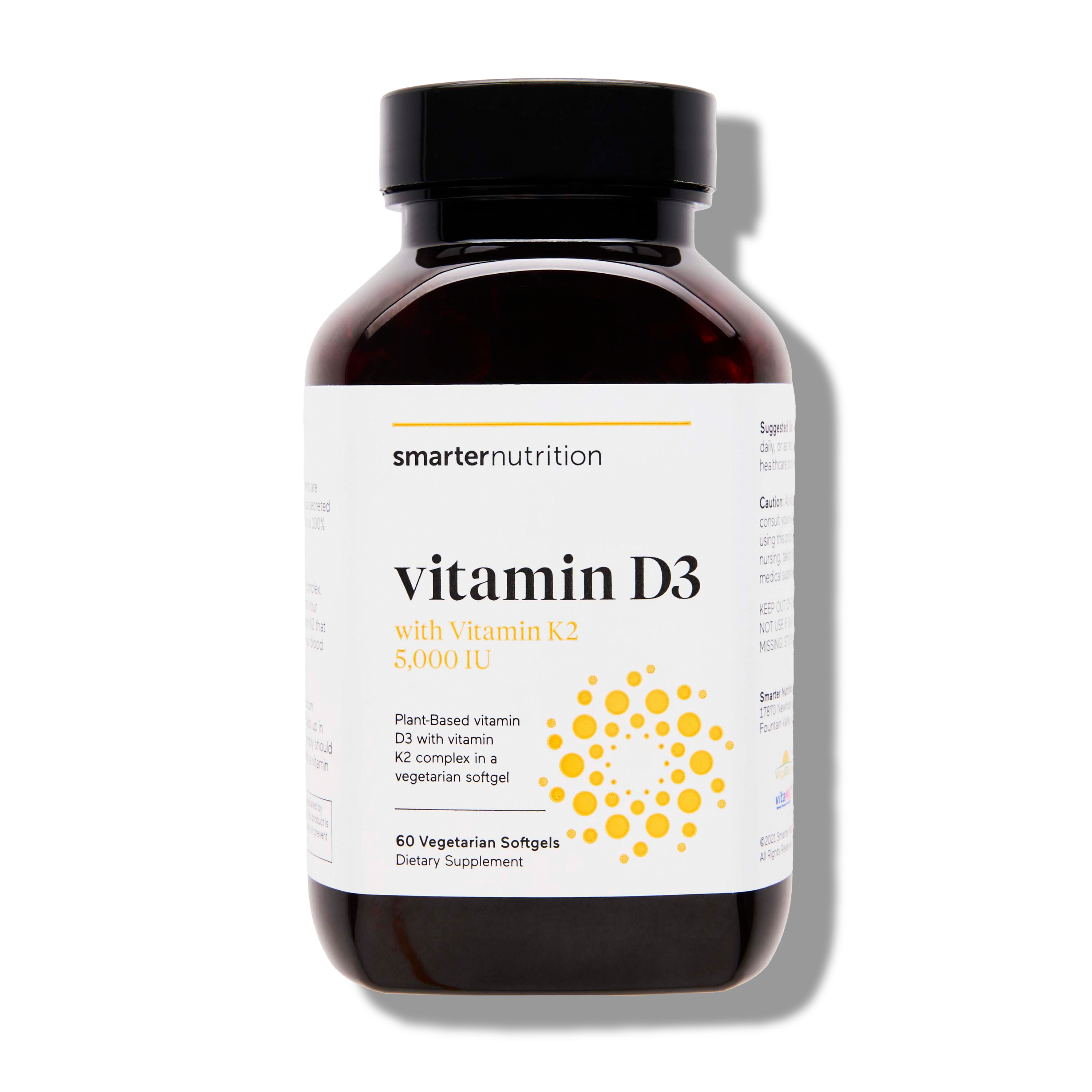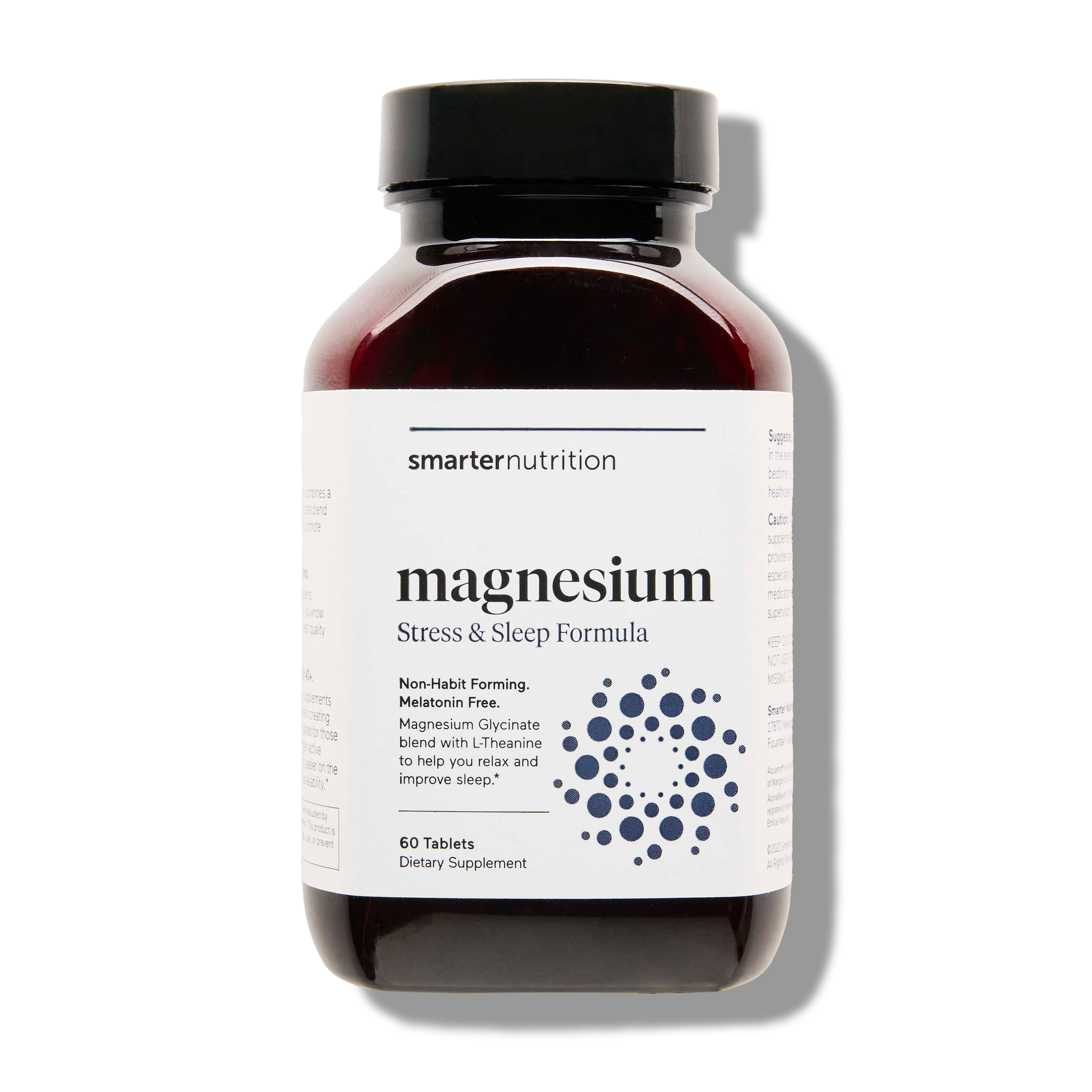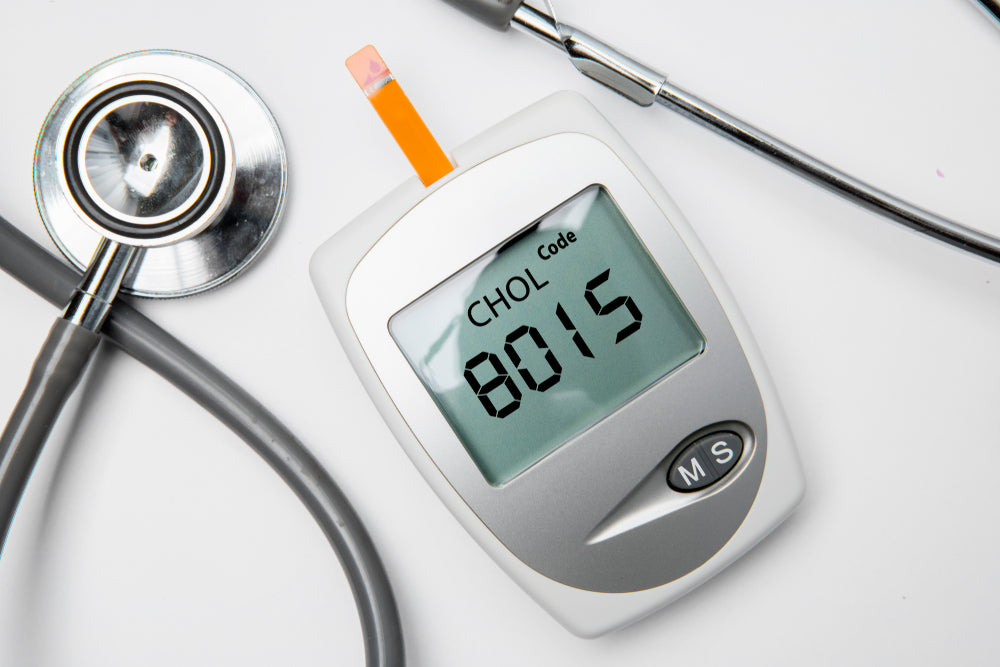Blood Pressure and Cholesterol: What Do the Numbers Mean?
When it comes to blood pressure and cholesterol, numbers don’t lie. It’s important to know what your numbers are and how they affect your health. Depending on where you rank, you may need to make changes to your lifestyle in order to lower your numbers and decrease your chances of heart disease or stroke. Both high blood pressure and high cholesterol are often considered “silent killers” because there don’t always exhibit noticeable symptoms, requiring tests to reveal their reality.
The Good, the Bad and the Triglycerides
Cholesterol has a bad reputation, but it’s not all harmful. The body contains varying amounts of “good” and “bad” cholesterol to make up your total cholesterol level. HDL cholesterol is considered “good” because it absorbs cholesterol and brings it back to the liver so that it can be discarded. In fact, HDL may actually be able to guard the body against heart problems. LDL cholesterol is considered “bad” because too much LDL can cause cholesterol to buildup in the arteries. LDL levels can rise when your diet contains too many saturated and trans fats.
One extremely common type of fat in the body is triglyceride. Provided by food and made by the body, high levels of triglycerides typically align with having a high overall cholesterol number. When people refer to “high cholesterol,” it’s because their LDL levels are high and their HDL levels are low. There are many factors that can contribute to a high level of triglycerides:
- Insulin resistance
- Metabolic syndrome
- Obesity
- Diabetes
- Alcohol
- Diet high in sugar or saturated fat
- Hypothyroidism
- Pregnancy
- Inflammatory disease
- Some medications
High levels of blood triglycerides due to genetics, Type 2 diabetes, and unhealthy lifestyle choices like smoking and obesity can also negatively affect HDL levels.
Cholesterol By the Numbers

The American Heart Association suggests adults over the age of 20 check their cholesterol levels every four to six years. If you’re considered high risk, you may need to check it more often. Cholesterol levels are determined by a blood test in the form of a lipid panel that examines the body’s HDL, LDL, triglycerides and total blood cholesterol, which is calculated by combining your HDL and LDL cholesterol numbers with 20% of your triglyceride results.
If your blood has too many fats from cholesterol and triglycerides, the body may be experiencing hyperlipidemia. This condition causes a risk of blockages because there is an increase in fatty deposits in arteries. On the other end of the spectrum, when HDL levels drop, there is less good cholesterol to remove the bad and the risk of atherosclerotic plaque and blockages in the arteries increase.
Numbers to Remember
Typically, you have normal cholesterol levels if your total cholesterol is less than 200, HDL cholesterol is at least 50 for women or 40 for men, LDL cholesterol is less than 100 and triglycerides are at least under 149. High cholesterol is considered having a total cholesterol of 240 or more, HDL cholesterol at 60 or more, LDL cholesterol at 160 or more and triglycerides at 200 or more. In addition to identifying cholesterol levels, doctors determine your risk of heart problems by factoring in your age, blood pressure and smoking habits.
Get the Right Level
If you find out your numbers are high, making changes to your lifestyle might be all you need to decrease your levels.
- Eat a well-rounded diet: One of the biggest factors in high cholesterol is what you eat. To control saturated and trans fat numbers, eat less red meat, processed meat, dairy products with whole milk, sodium, and sugary foods and drinks. Maintain a healthy diet by consuming a balance of fruits, vegetables, whole gains, fish, chicken and healthy fats.
- Move your body: Sitting around doing nothing doesn’t feel bad, but internally the body can be doing bad things, like lowering its HDL cholesterol. Exercising in the form of walking, swimming or even housework can help lower high cholesterol and high blood pressure—but we’ll get to that later!
- No smoking: At this point, everyone knows smoking is bad for the human body. In addition to high blood pressure and diabetes, lower levels of HDL cholesterol can also be a side effect of smoking. If a smoker decides to kick their nicotine habit, they can lower LDL levels while regaining lost HDL cholesterol.
- Maintain a healthy weight: An unhealthy weight can throw off the balance of both HDL and LDL cholesterols. However, losing weight can help tip the scales back in your favor.
After implementing the suggestions above, your doctor may prescribe medication if you don’t experience significant changes. If your numbers check out, you’re not off the hook! The same treatment suggestions can be used to help protect the body and maintain a heathy lifestyle.
Under Pressure
High blood pressure is when the pressure of the blood flowing through your vessels is too much. Eventually, all that pressure starts to damage the arteries, allowing LDL cholesterol to find its way into the walls of your arteries. If the pressure persists and more damage is done, blood pressure can be raised even more and eventually lead to a heart attack or stroke.
When a medical professional measures your blood pressure with a pressure cuff, the brachial artery is compressed briefly to stop blood flow. As the cuff’s air is released, the professional typically listens with a stethoscope. What results are two numbers: systolic blood pressure and diastolic blood pressure. The top number is systolic and measures the pressure of the blood against the walls of the arteries while your heartbeats. The bottom number is the diastolic and measures the pressure of the blood against the walls of the arteries when the heart is at rest.
What Do the Numbers Say?
Normal blood pressure is considered less than 120/80 mm Hg. At that measurement, a person just needs to be screened at their yearly doctor’s visit. Elevated blood pressure is considered 120 to 129 of systolic and less than 80 mm Hg diastolic. Elevated blood pressure can develop into high blood pressure if lifestyle changes aren’t implemented.
If someone develops Hypertension Stage 1, their blood pressure is between 130 to 139 systolic or 80 to 89 mm Hg diastolic. Doctors will typically suggest making lifestyle changes and possibly medication. At Hypertension Stage 2, numbers are typically 140/90 mm Hg or more. At this point, a doctor will suggest both medication and lifestyle changes. Blood pressure measurements in excess of 180/120 mm Hg are considered Hypertensive crisis and require immediate medical attention.
It’s A Lifestyle

So, what exactly do we mean when we say lifestyle changes? Treating and preventing high blood pressure is similar to the changes a person needs to make to help decrease their high cholesterol. Eating a well-rounded diet with low sodium, limit alcohol intake, exercise regularly, watch your weight, and don’t smoke. Additionally, decongestants and alternating between cold plunge pools and hot tubs or saunas can contribute to high blood pressure.
How Supplements Can Help
There are a couple of supplements that may help support the heart and its functions.
- Ubiquinol: The active form of the coenzyme CoQ10, Ubiquinol is involved in the body’s cellular energy production. Ubiquinol may help support the heart to regulate normal cholesterol and blood pressure measurements. Smarter Ubiquinol is CoQ10 that has been converted from ubiquinone to help encourage efficient absorption.
- Omega 3: Omega-3 fatty acids are needed to maintain a healthy body, but they have to come from an external source. Consuming omega-3s may promote a normal level of triglycerides, blood pressure, and support normal circulation. Smarter Omega 3 is formulated with high-quality ingredients and packaged in veggie softgels.




